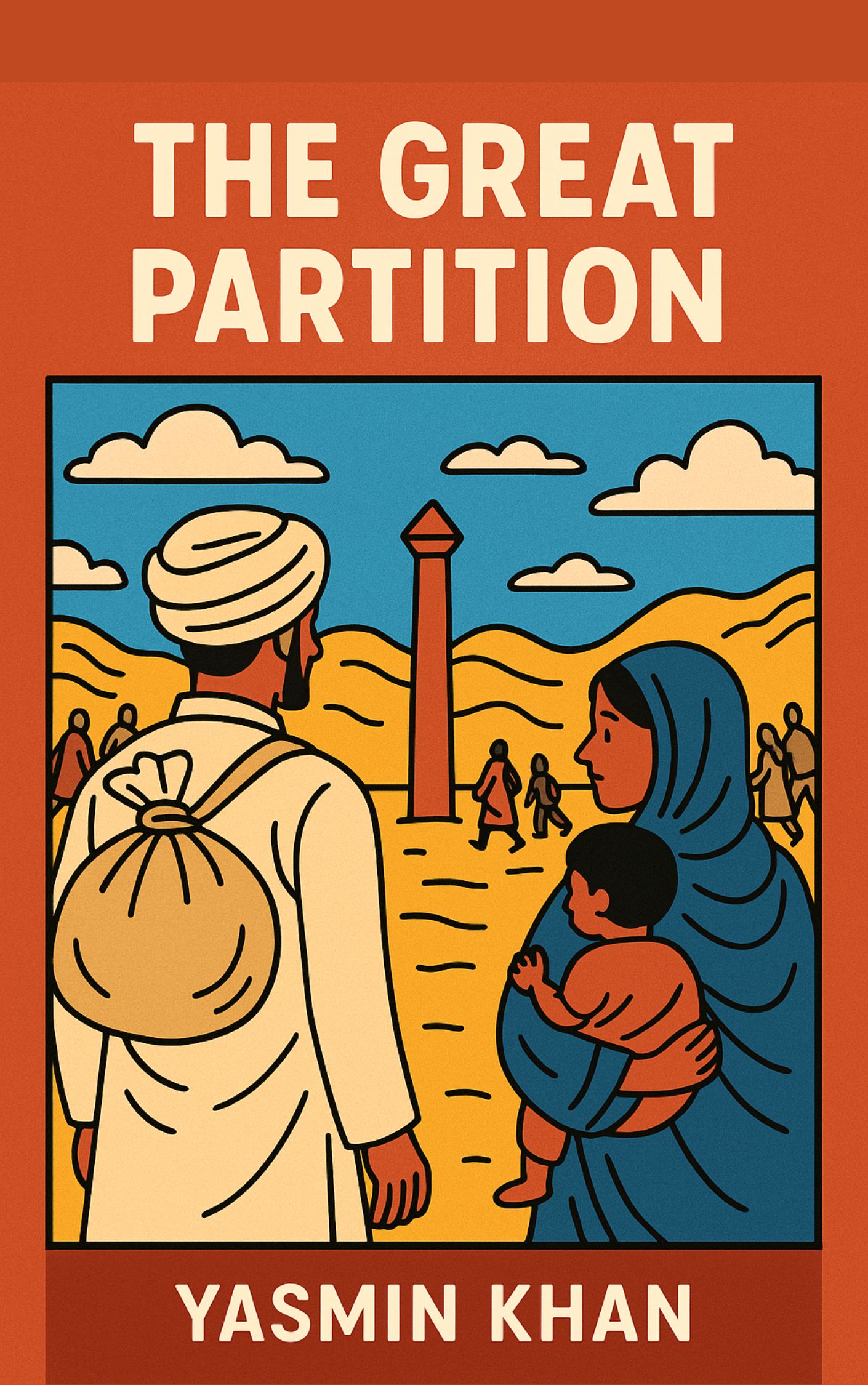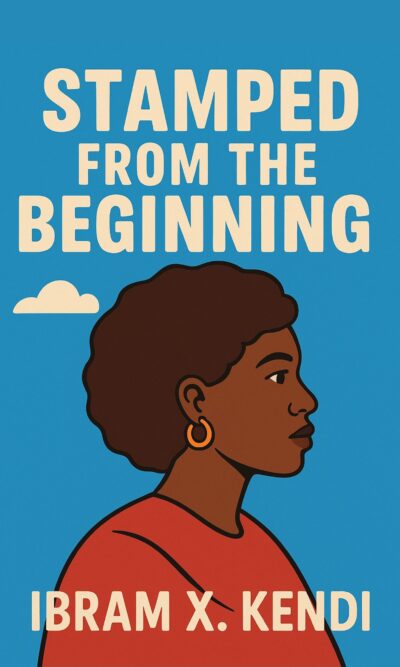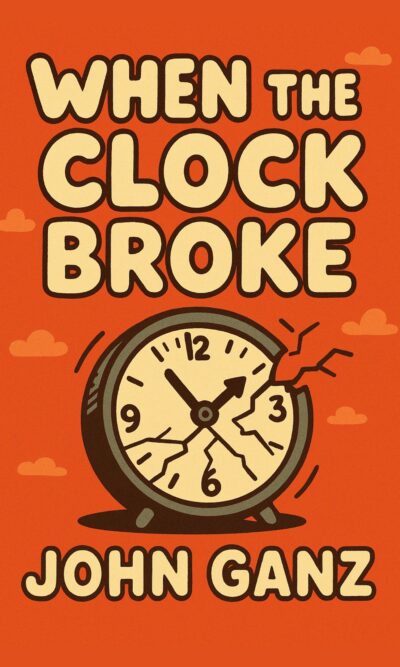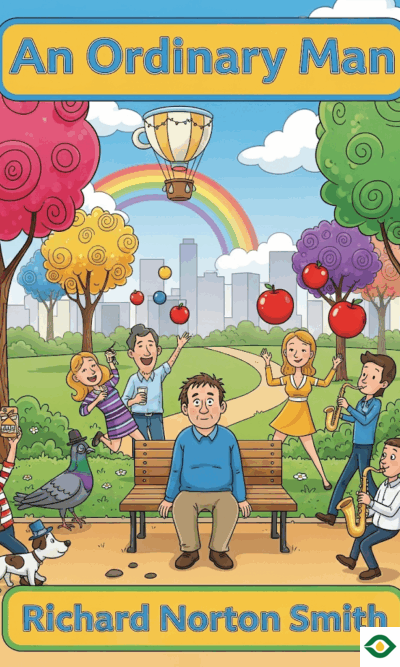Description
The Great Partition tells the story of how India was divided in 1947, creating two new nations: India and Pakistan. This decision was made in only a few short years, yet it changed the lives of millions and left deep scars that are still felt today. It was not just about maps and borders, but about how neighbors, friends, and entire communities were suddenly torn apart.
When Britain announced it would leave India, many people hoped for independence that would keep everyone together. For centuries, Hindus, Muslims, Sikhs, and others had lived side by side. They shared food, festivals, markets, and friendships. But in the mid-1940s, political leaders and competing groups started to push different visions for the future. The Congress Party wanted a united India, but the Muslim League, led by Mohammad Ali Jinnah, argued that Muslims needed their own country to feel safe. This was the beginning of the idea of Pakistan.
The British, weakened after World War II, wanted to leave quickly. They struggled to find a plan that would satisfy both sides. Elections in 1945–46 showed how divided the country had already become. Congress won most Hindu-majority seats, while the Muslim League dominated Muslim-majority ones. This made the demand for Pakistan stronger, and it became harder to imagine a single nation that included everyone.
In 1946, tensions exploded. Direct Action Day in Calcutta, called by the Muslim League, was meant to be a peaceful demonstration but turned violent. For several days, Hindus and Muslims clashed in the streets. Thousands died. The violence spread to other regions like Bihar and Punjab. People who had lived peacefully for generations suddenly saw their neighbors as enemies. Fear replaced trust. Once this cycle of violence began, it was almost impossible to stop.
By 1947, the British announced they would leave within a year. But the situation was already out of control. Local governments were failing, police forces were divided, and communities were arming themselves. The idea of partition no longer seemed like just a political plan—it became, for many people, a desperate attempt to survive. If they could live among their own religious group, perhaps they could be safe.
When partition was finally announced on June 3, 1947, it promised a “neat” division. In reality, it was anything but neat. Fourteen million people had to leave their homes, crossing borders into India or Pakistan, depending on their religion. Entire families packed up in a hurry, often leaving behind everything they owned. Long lines of refugees stretched along roads and filled trains. Many never made it to safety. Whole trains arrived at stations filled only with bodies, as mobs attacked refugees on both sides.
The human cost was beyond imagination. At least one million people died. Women were especially vulnerable—thousands were kidnapped, raped, or forced into marriages. Children were separated from their parents in the chaos. People lost not only their homes but also their sense of belonging. A person who had once been part of a diverse community suddenly had to redefine themselves only by religion.
The division also broke centuries of trade and culture. Farmers could no longer sell to their usual markets. Businesses collapsed when supply chains crossed the new borders. Religious and cultural sites that once brought people together became contested or abandoned. The rich mix of South Asian life—where differences had blended into everyday coexistence—was shattered.
Even for those who survived, life would never be the same. Trust between communities had been destroyed. Where once there had been friendship and cooperation, there was now suspicion and fear. People remembered the betrayals and violence, and these memories passed down to their children and grandchildren.
The new nations themselves also struggled. India and Pakistan were born with anger and mistrust. Within months, they went to war over Kashmir, a conflict that still shapes their relationship today. Over the years, both countries developed nuclear weapons, raising the stakes of every disagreement. Even sports and culture, like cricket, became symbols of rivalry instead of unity.
The tragedy of partition is that it was not inevitable. For centuries, people of different religions had lived together, proving that coexistence was possible. But in just two years, rushed decisions, political ambitions, and fear created permanent divisions. What was meant to solve a problem only created new, lasting ones.
The story of partition is not just about the past—it continues to affect millions today. Families still remember the journeys their grandparents were forced to make. Communities still feel the absence of the people who left or were lost. And India and Pakistan remain locked in a relationship shaped by 1947, unable to fully escape the shadows of that moment.
In the end, The Great Partition shows how fragile communities can be when fear and politics take over. It reminds us that history is not only shaped by leaders and governments, but also by ordinary people caught in extraordinary times. Neighbors who once shared food and festivals became refugees or enemies overnight, not because of who they were, but because of decisions made far above them.
This book teaches that the destruction of coexistence can happen quickly, but rebuilding trust takes generations. It is a warning about how easily unity can break, and how much is lost when it does.





